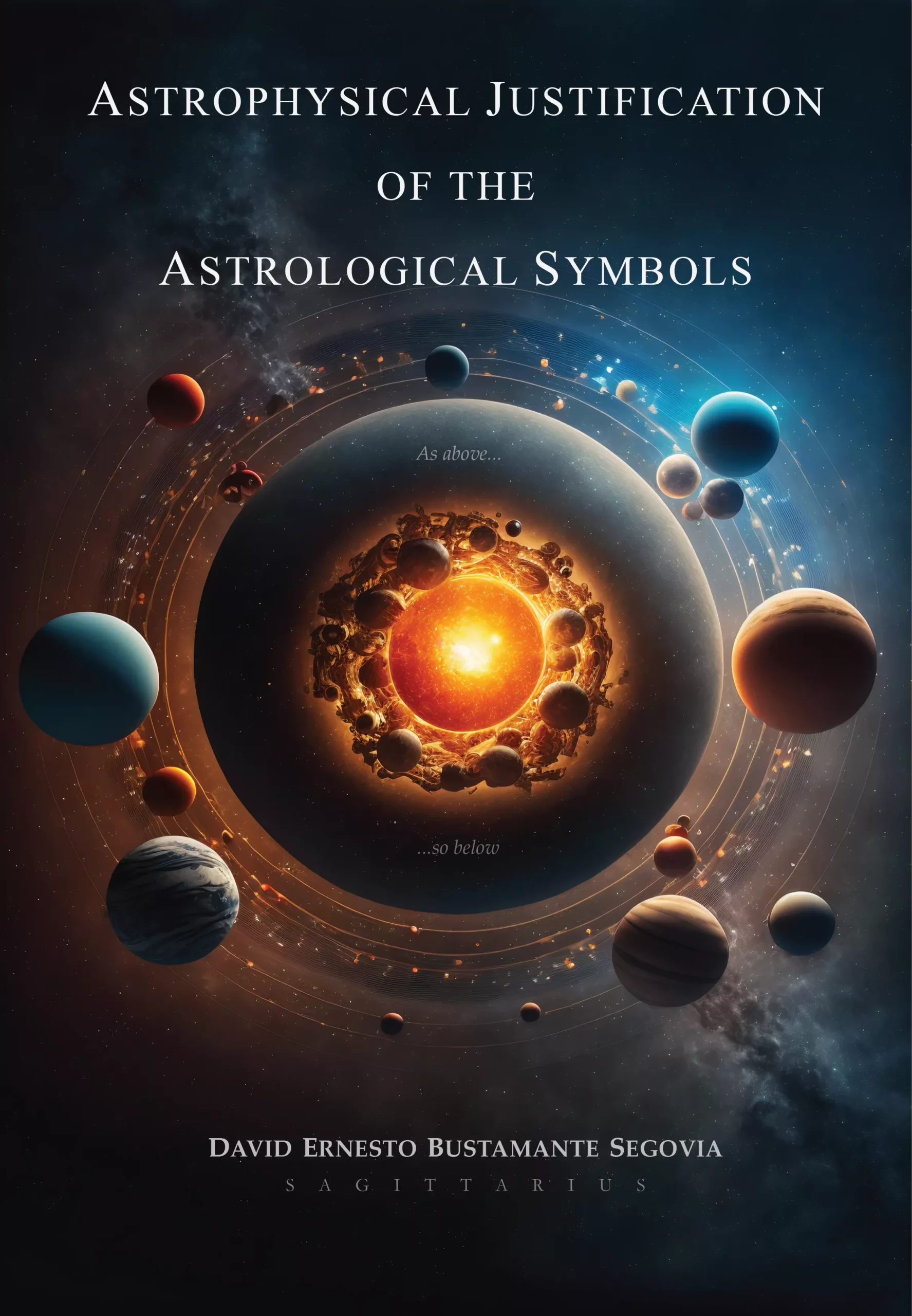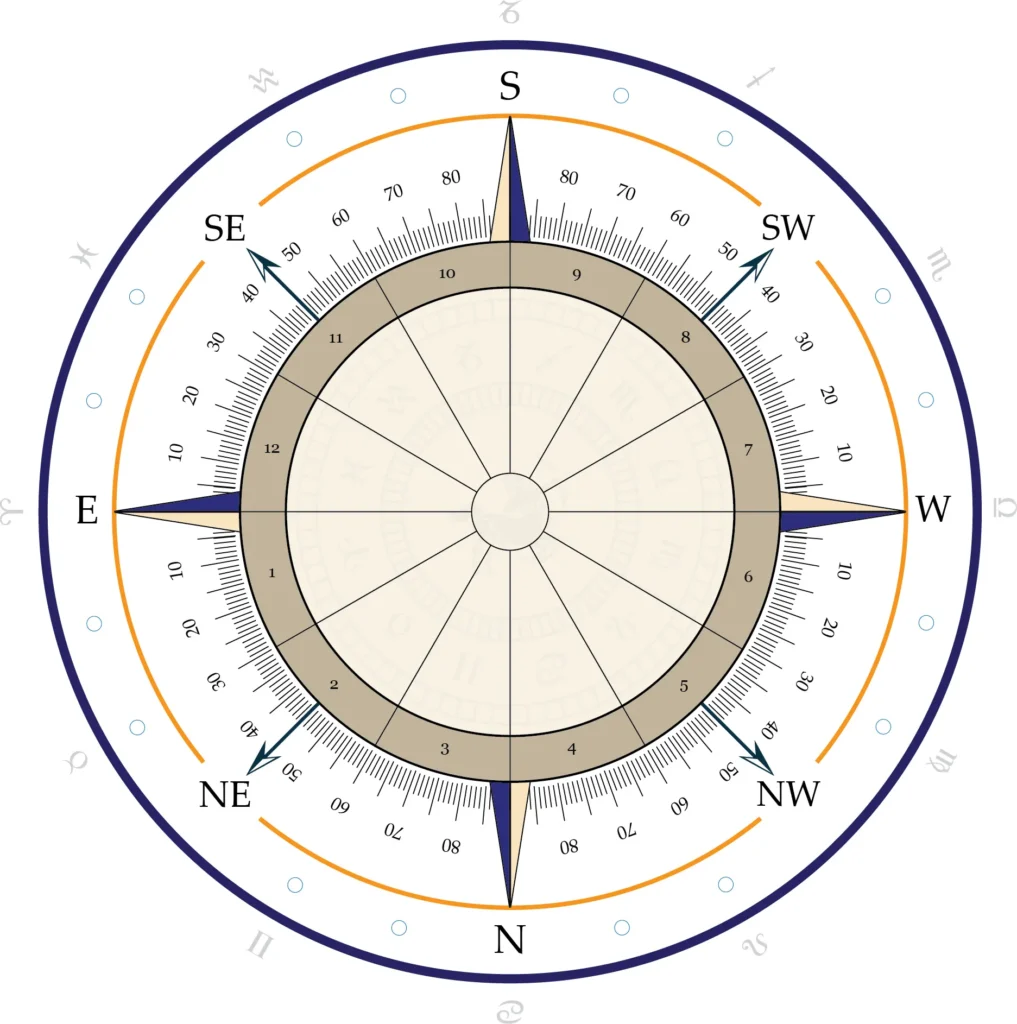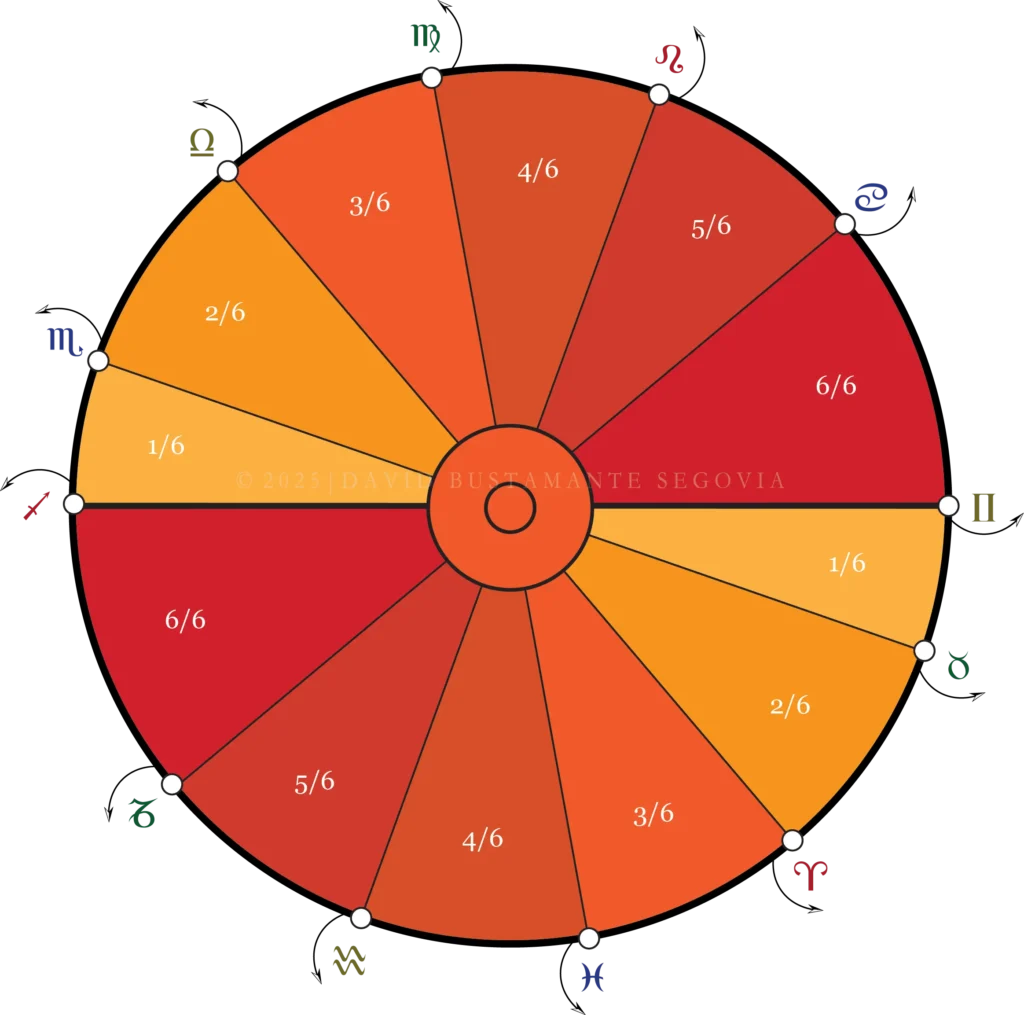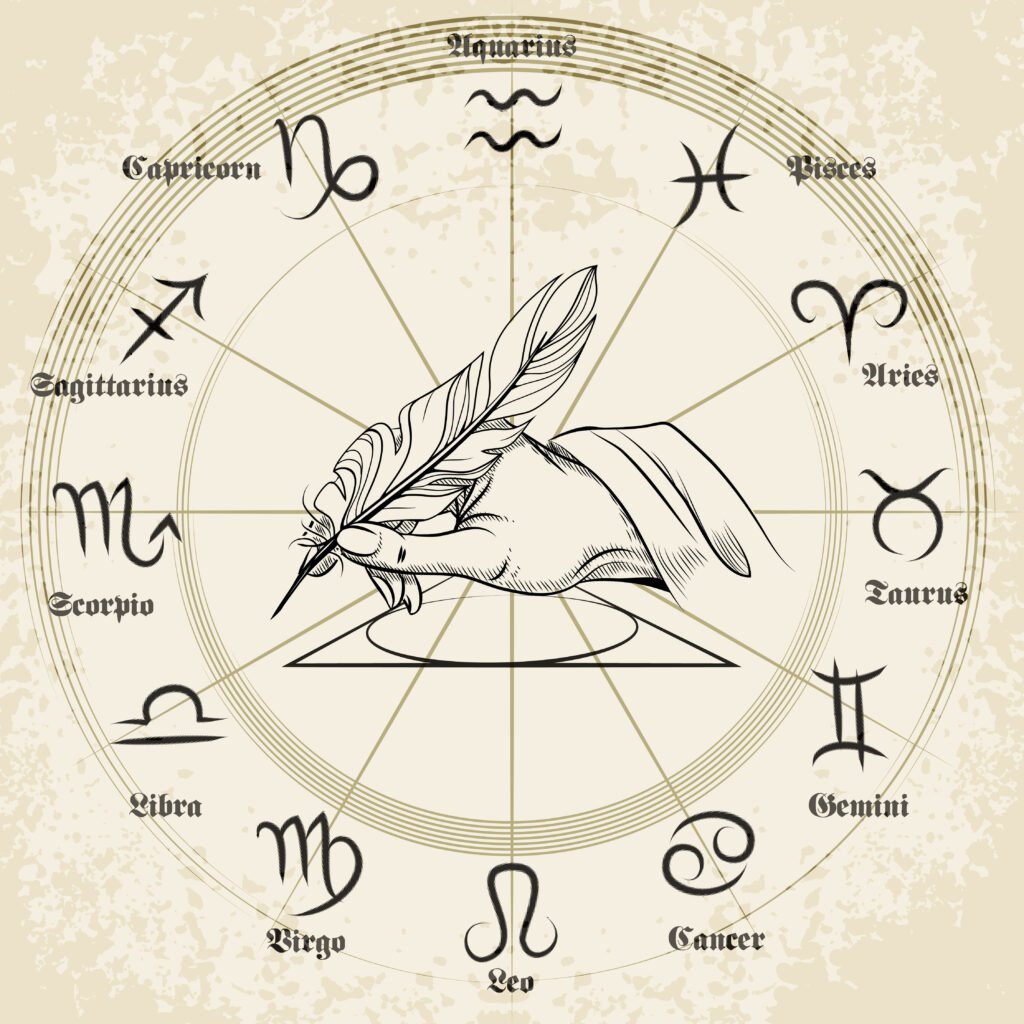In their famed work «Introduction to Logic» (2008), philosophers Carl Cohen and Irving Copi (University of Michigan) explain to us that the analogical argument is not deductively valid, that is, it does not aim to demonstrate the truth of its conclusions as necessary consequences of its premises but only support them as probable or probably true. They warn, however, that the more rigorous the analogy (consideration of multiple relevant characteristics of the objects compared), the greater the probability that its implications are true. Explained differently: some analogies are stronger than others; some may even be almost deductively valid, especially when analogy is used to show that another argument is wrong, incorrect, or absurd. Consider, for example, the first of the following passages:
- “A man should not presume that he is wiser than a woman as long as he owes his advantage to a better education than her, in the same way that he should not presume to be brave who hits a man whose hands are tied” (Astell , 1721, «An essay in defense of the female sex»).
- “Suppose you tell me that you had a tooth extracted without anesthesia, and I answer that it must have hurt, and you ask me how I know, and I answer: because it would hurt me too, as we both have the same type of nervous system.” (Ayer, 1953, «The knowledge of other minds»).
- “Wittgenstein used to compare thought to swimming: just as in this our bodies tend to float on the surface, so that we must make a physical effort to dive to the bottom, thinking also requires a great mental effort to move away from the superficial and immerse ourselves in the depth of a philosophical problem.” (Pitcher, «The Philosophy of Wittgenstein»).
The argumentative use of analogy or analogical arguments constitutes one of the fundamental components of the philosophical exercise, whereas formal logic, for its part, is philosophy’s natural language, as mathematics of physics. Analogy is also, and any competent astrologer knows this, the basis of astrological significations. (See, among others, «William Lilly’s Analogical Thinking» by Anthony Louis.) Thus, many of us are aware of the relationship between nature and the symbol. It is likely that the two most obvious examples are the Sun and Uranus, as the first is a source of life and the second constitutes an anomaly or distortion in our solar system (i.e., it is the only one that rotates on its side, whose north pole points directly at the Sun). Perhaps also, in the case of Mercury, it is easy for us to consider its hermaphroditism analogous to its astrophysical properties, as it is the only one to reach extreme temperatures on both sides of the thermostat (extremely hot or extremely cold, thanks both to its characteristic biochemical diversity and that it has no atmosphere). It is, in short, a hermaphrodite both from an astrophysical point of view and—for the same reason?—an astrological one (just as the Sun represents life and Uranus anomalies, from both astrological and astrophysical standpoints).
Shouldn’t it be the same in the rest of the cases (symbols)? Let us remember the time when the famed Supreme Court Justice Thomas Campbell Clark (1899-1977) asked an identical question as he appealed to the analogical argument to demonstrate the (apparent) invalidity of a claim:
- “It is urged that motion pictures do not fall within the First Amendment’s aegis because their production, distribution, and exhibition is a large-scale business conducted for private profit. We cannot agree. That books, newspapers, and magazines are published and sold for profit does not prevent them from being safeguarded by the First Amendment. We fail to see why operation for profit should have any different effect in the case of motion pictures.” (Burstyn v. Wilson, 43 U.S. 495, 1952).
If what we have adverted above (relationship between nature and symbol) is so in the case of the Sun, Mercury, and Uranus, even though these three are different in kind (the first, a gigantic star; the second, a small planet; the third, a distant gas giant), what prevents it from being so in the case of Venus and Mars, Jupiter and Saturn, Neptune and Pluto, and our Moon? Non-analogous characteristics (differences) have not broken, in any way, the apparent causal link between nature and symbol. On the contrary, “the more dissimilar the instances mentioned only in the premises, the stronger the analogical argument is” (Carl; Cohen; p. 452) or the probability of truth of the conclusions resulting from the analogy, due to the fact that “dissimilar” characteristics continue to be taken into consideration.
Although there may be disagreement between our readers and the author regarding the weight of some of the analogies presented, it is doubtful that there will be disagreements regarding the meaning of analogy and its implications, and it is even less likely that we will have disagreements regarding the fundamental astrological symbols. With that being said, we hope that the community is able to overcome any prejudices that for decades have prevented us from even daring to pronounce that astrology is a science so as not to expose ourselves to scientists and/or academics, when it is the latter who should have feared the dimensions of astronomy and physics and their scope, as continues to be demonstrated by modern physics in the light of quantum mechanics (see the work on the basis of which the 2022 Nobel Prize in Physics was awarded).
Appealing to the resources of formal logic, as well as the most recent findings by NASA in relation to the planets, we have demonstrated that astrological symbols do not represent, in any way or form, any arbitrariness or esotericism, but rather that “as above”, necessarily “so below”, an apparent fundamental principle of physics first formulated by who would have been the first theoretical physicist in history, Hermès, and confirmed for the first time by Isaac Newton in 1687 in his renowned «Principia Astronomica». Certainly, as we do not need to visit the Sun to know that it is composed of helium and hydrogen or reach a black hole to recognize its existence [1], we do not need, perhaps, experimental evidence in order to determine or notice the very high probability of truth of our conclusions, which we offer to the astrological, scientific, and academic communities in general. “Physical research, most of the time, is conducted indirectly,” maintains renowned theoretical physicist Michio Kaku, recipient of the Sir Arthur Clarke Prize (UK) and Klopsteg Memorial (USA) awards.
______________________
[1] In the phenomenal world we can always assess or analyze the indirect evidence of a certain phenomenon. In the case of the Sun, its rays constitute indirect proof of its composition as, in the case of black holes, its accretion disk. The difference between a scientific explanation and a non-scientific (but dogmatic) explanation is that every scientific explanation is susceptible to verification, either directly or indirectly. A non-scientific explanation, however, is presented as absolute, ultimate, and final, and cannot be verified empirically. In short, it stands independently of the evidence in its favor.
DAVID BUSTAMANTE S.
December 7, 2023
11:53 a.m. Bogotá D.C.










